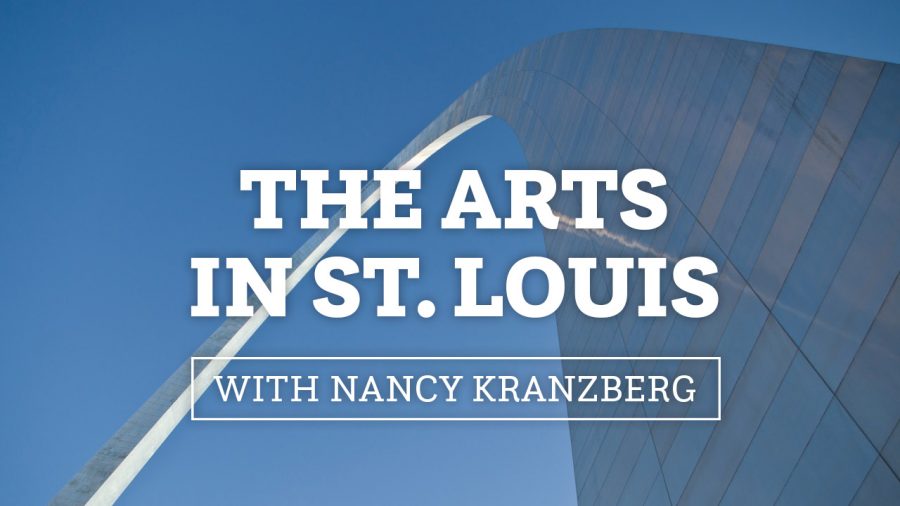Seemingly ubiquitous, the poster deserves a closer look
Published February 11, 2022
I clipped an interesting article from the St. Louis Post-Dispatch a few months ago, which made reference to the Poster House museum in New York City. I was shocked to find that is the only museum in the United States devoted to poster art.
The story, written by Courtney Lichterman of the Washington Post, notes, “Whether they encourage the purchase of baking powder or the start of an uprising, whether they hang in the bedrooms of preteens or on the walls of the subway, whether they center on turmoil or travel, posters are universally used means of communication. Although they might not always be recognized as such, posters — both visually and in terms of their content — have been a vital part of all our lives, no matter what our age or where we have been on the planet.”
Poster House is dedicated to presenting the impact, culture and design of posters, both as historical documents and methods of contemporary visual communication. Through temporary exhibitions, a growing permanent collection, and educational events, Poster House explores the enormous impact of posters on society and culture, and how they have been adapted to contemporary use.
ADVERTISEMENT
For a poster to succeed, it must communicate combining the power of images and words. Poster House explores everything from avant-garde design to changing societal norms, and all fads and fashions over the last 160 years.
An article on the Posters & Billboards website (ngngdesign.com) states, “Posters have been known to mankind since ancient times. Posters (or rather their forerunners, since these images cannot be fully correlated with the modern concept of a poster) first appeared in ancient Egypt. This was due to the slave system that prevailed at the time, and the fact that sometimes slaves were able to escape. And it was in order to capture runaway slaves that special ads were used at the time which can, with some stretch, be considered the ancestors of modern posters.”
Further, as culture and art developed, peculiar posters began to be used in ancient Greece and Rome to notify the public of upcoming plays and interesting trade offers. In a sense, little has changed since then — posters are still successfully used for these purposes, among others.
ADVERTISEMENT
According to many sources, the modern life of the poster began in the 19th-century, which is when the word poster, translated from the German, “das plakat” came into being as we know it. The history of the poster began in 1866, when the Frenchman Jules Cheret, a graphic artist and stage designer, founded a small lithography firm in Paris. It was this man who formulated the basic principles of the modern poster.
And, of course, many well know visual artists throughout the ages are known for their posters such as Henri de Toulouse-Lautrec and his Moulin Rouge in 1889 and Alphonse Mucha, a Czech artist living in Paris for his famous Art Nouveau poster.
More modern-day artists such as Robert Rauschenberg, Roy Lichtenstein and Keith Haring were known to have created their own posters to announce the opening of their own art exhibitions. These posters were very inexpensive and often even free; now they have become vintage and can be quite costly.
Speaking of the cost of posters, one can furnish the walls of one’s home with posters of all sizes and values. I was awestruck when visiting a friend who collected French posters from the turn of the 18th-century. She told me that before she met her husband, she collected copies of these posters and found that he collected the real things. Now they have escalated in value even more.
There are vintage movie posters, concert posters, political posters and propaganda posters that go for thousands of dollars. I just looked online at an all-time record high of a group of 15 movie posters that are said to be worth $3 million.
There is no end to the subject of posters, but I like what Gina Grafos, director of Visual and Literary Infrastructure at the Kranzberg Arts Foundation, had to say:
“Posters are our first access point to self-expression and becoming art collectors. I think of the first concert or teen ‘hunk’ image from a magazine I thoughtfully chose as a kid to encompass my personal wall space. This is curation, our first choice (not organizing cans in a pantry as the term now is sometimes used). Whether in multitudes to reach the masses or multilayered to show the build-up of marketed propaganda, posters become the currency of communication and leave a visual impact, even if only a tiny pushpin hole or staple splintered in a light pole remain.”
I’m going back to my computer to go down memory lane and reminisce by looking at posters of relevant moments in my life — mostly those moments will involve the movies and special cultural events.

For more of Nancy Kranzberg’s commentary, listen to KWMU (90.7) St. Louis on the Air the first Friday of each month at approximately 12:50 p.m. She also hosts a weekly Arts Interview podcast for KDHX (88.1), available at artsinterview.kdhxtra.org.



















